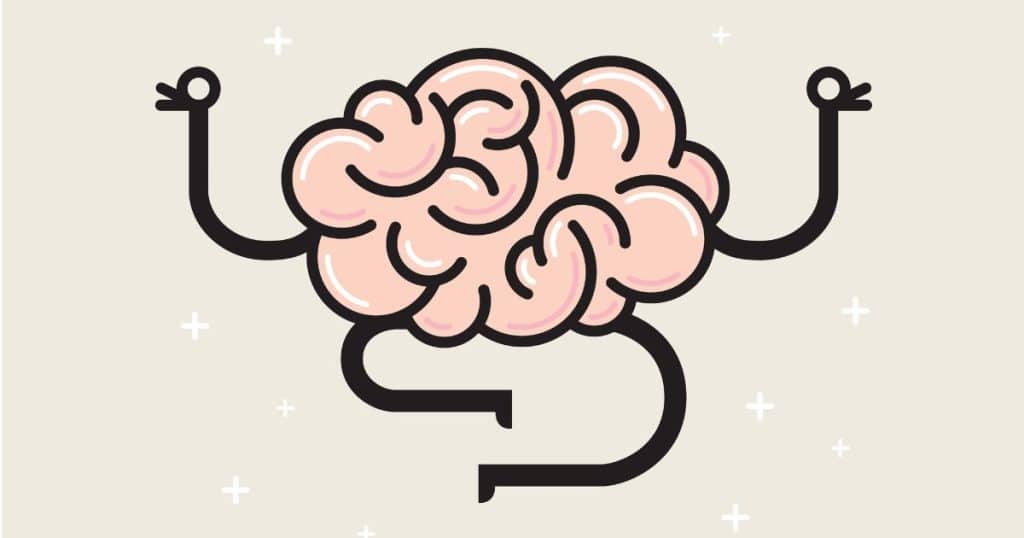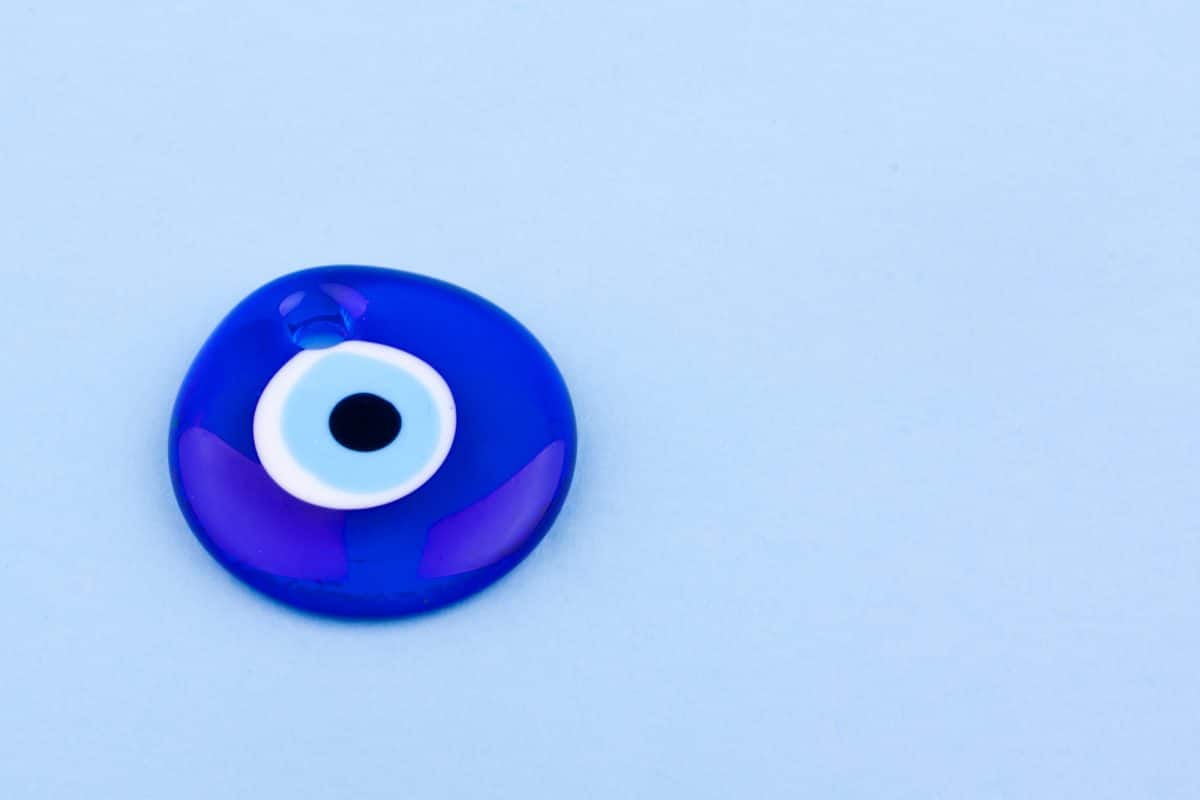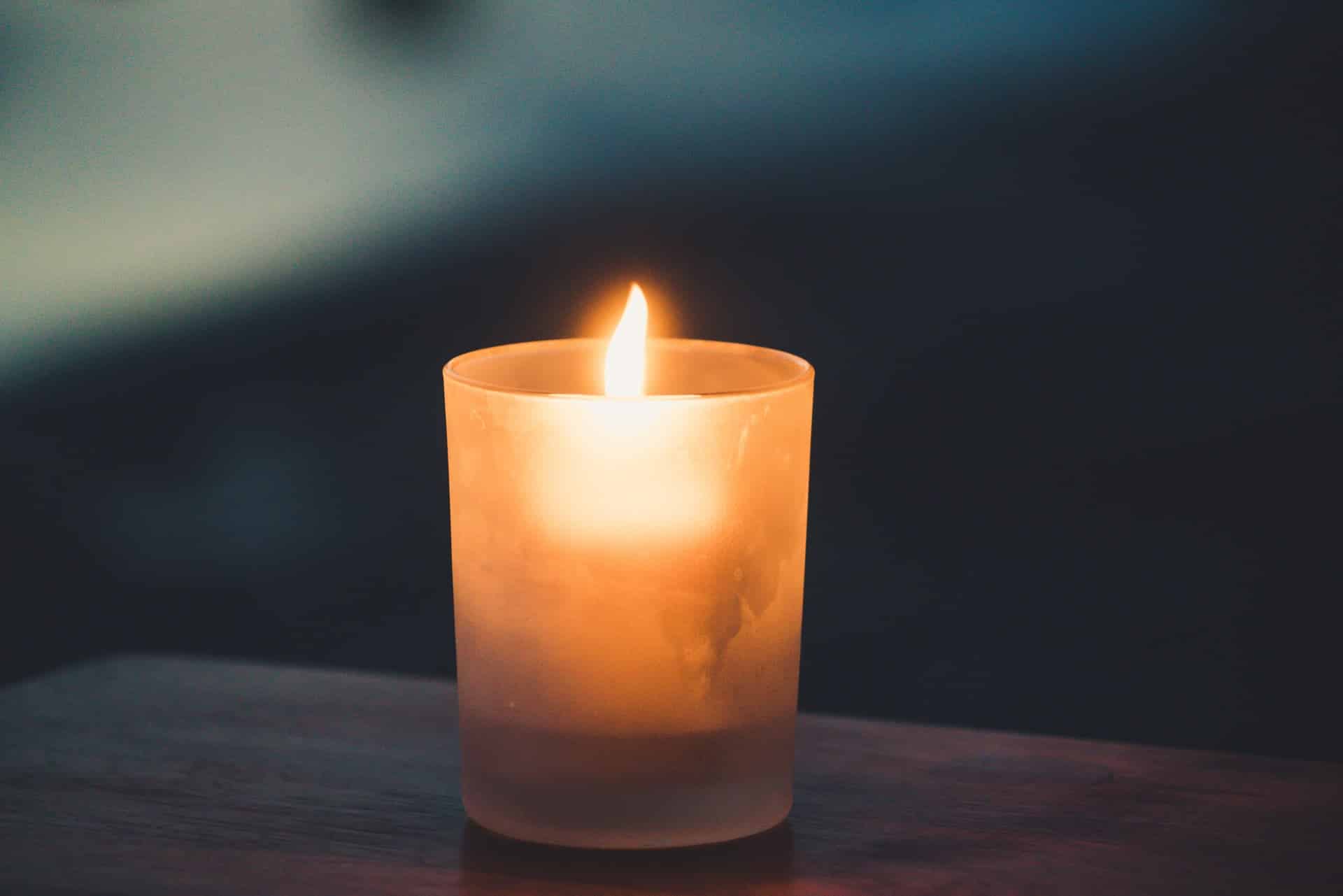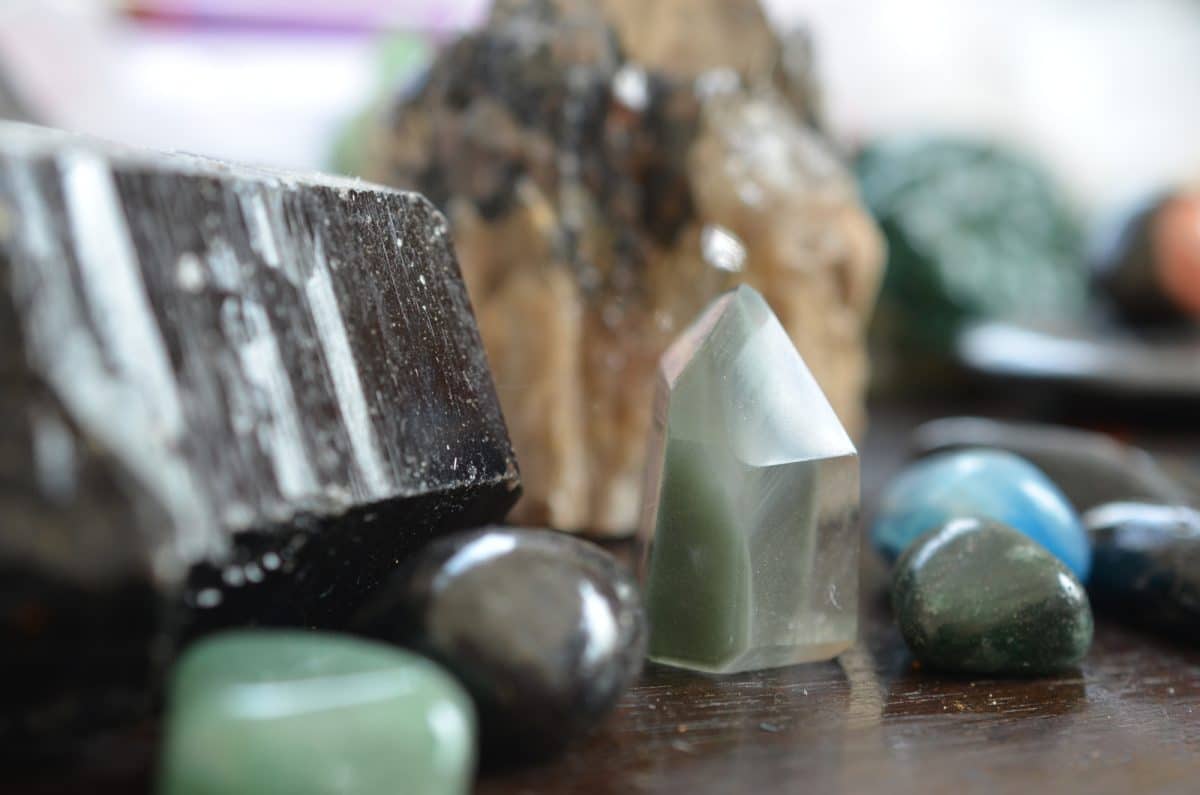Breathe Better, Feel Better: Mastering Mindful Breathing for Anxiety Relief
As someone who has struggled with anxiety for most of my life, I know how difficult it can be to manage overwhelming feelings of stress and panic.
However, over the years, I have found that one simple technique has made a significant difference in helping me calm my nerves and reduce anxiety: mindful breathing.

Mindful breathing is a form of meditation that involves paying attention to your breath and focusing on each inhalation and exhalation.
By practicing mindful breathing regularly, you can learn to control your breathing and bring yourself back to a state of calm when you feel anxious or stressed.
Table of Contents
Understanding the Science of Mindful Breathing
Before we dive into the how-to of mindful breathing, it’s important to understand the science behind this powerful technique. When we experience anxiety, our bodies go into “fight or flight” mode, which triggers a physiological response that prepares us to respond to a perceived threat.
This response includes increased heart rate, rapid breathing, and muscle tension.
Mindful breathing can help to counteract these physical symptoms of anxiety by activating the parasympathetic nervous system, which is responsible for our body’s relaxation response.
By slowing down our breathing and focusing on our breath, we can signal to our body that relaxing is safe.
Step One: Find a Quiet Place
To get started with mindful breathing, find a quiet place where you won’t be interrupted. This could be a designated meditation space in your home, a peaceful outdoor location, or simply a quiet room where you can sit comfortably.
Step Two: Get Comfortable
Find a comfortable seated position, either in a chair or on a cushion. Make sure your back is straight and your feet are flat on the floor. You can rest your hands on your knees or in your lap.
Step Three: Begin to Breathe
Start by taking a few deep breaths in through your nose and out through your mouth. Then, allow your breath to settle into a natural rhythm. Close your eyes or gaze softly at a fixed point in front of you.
Step Four: Focus on Your Breath
Bring your attention to your breath. Notice the sensation of the air entering and leaving your nostrils. You may find it helpful to focus on a particular aspect of your breath, such as the rise and fall of your chest or the feeling of your breath in your belly.
Step Five: Notice When Your Mind Wanders
As you focus on your breath, you may find that your mind starts to wander. This is normal and to be expected. When you notice your mind has wandered, simply acknowledge the thought and gently bring your attention back to your breath.
Step Six: Practice Regularly
To see the most benefit from mindful breathing, it’s important to practice regularly. Even just a few minutes a day can make a difference in reducing anxiety and improving overall well-being. You can set a timer for 5-10 minutes and practice mindful breathing once or twice a day.
Tips for Incorporating Mindful Breathing into Your Daily Routine
In addition to practicing mindful breathing in a dedicated meditation practice, there are many ways to incorporate this technique into your daily routine. Here are some tips:
1. Take a Breath Break
Whenever you feel stressed or anxious throughout the day, take a few moments to focus on your breath. Close your eyes and take a few deep breaths, then allow your breath to settle into a natural rhythm. Even just a minute or two of mindful breathing can help you feel calmer and more centered.
2. Use Mindful Breathing to Anchor Yourself in the Present Moment
Another way to incorporate mindful breathing into your daily routine is to use it as an anchor to keep you present in the moment. Whenever you find your mind wandering or getting caught up in worries or distractions, bring your attention back to your breath. Focusing on your breath allows you to stay grounded in the present moment and avoid getting lost in anxious thoughts or feelings.
3. Practice Mindful Breathing While Doing Daily Tasks
You can also practice mindful breathing while doing daily tasks such as washing dishes, folding laundry, or taking a shower. As you go about your task, focus your attention on your breath. Notice the sensation of the air entering and leaving your body. This can help you stay present and focused on the task at hand and provide a sense of calm and relaxation.
4. Combine Mindful Breathing with Other Relaxation Techniques
Mindful breathing can be a powerful tool when combined with other relaxation techniques, such as progressive muscle relaxation or guided imagery. For example, you could start by practicing mindful breathing for a few minutes to calm your mind and then move into a progressive muscle relaxation exercise to release tension in your body.
Just Breathe.
Mindful breathing is a simple yet powerful technique that can help you calm your nerves and reduce anxiety. Focusing on your breath and bringing your attention back to the present moment can activate your body’s relaxation response and counteract the physical symptoms of anxiety.
By incorporating mindful breathing into your daily routine, you can experience greater overall well-being and a greater sense of calm and peace.
Remember to practice regularly and be patient with yourself. It takes time to master any new skill, including mindful breathing. But with persistence and dedication, you can learn to control your breath and manage your anxiety more effectively. So take a deep breath, relax, and start your mindful breathing practice today.






